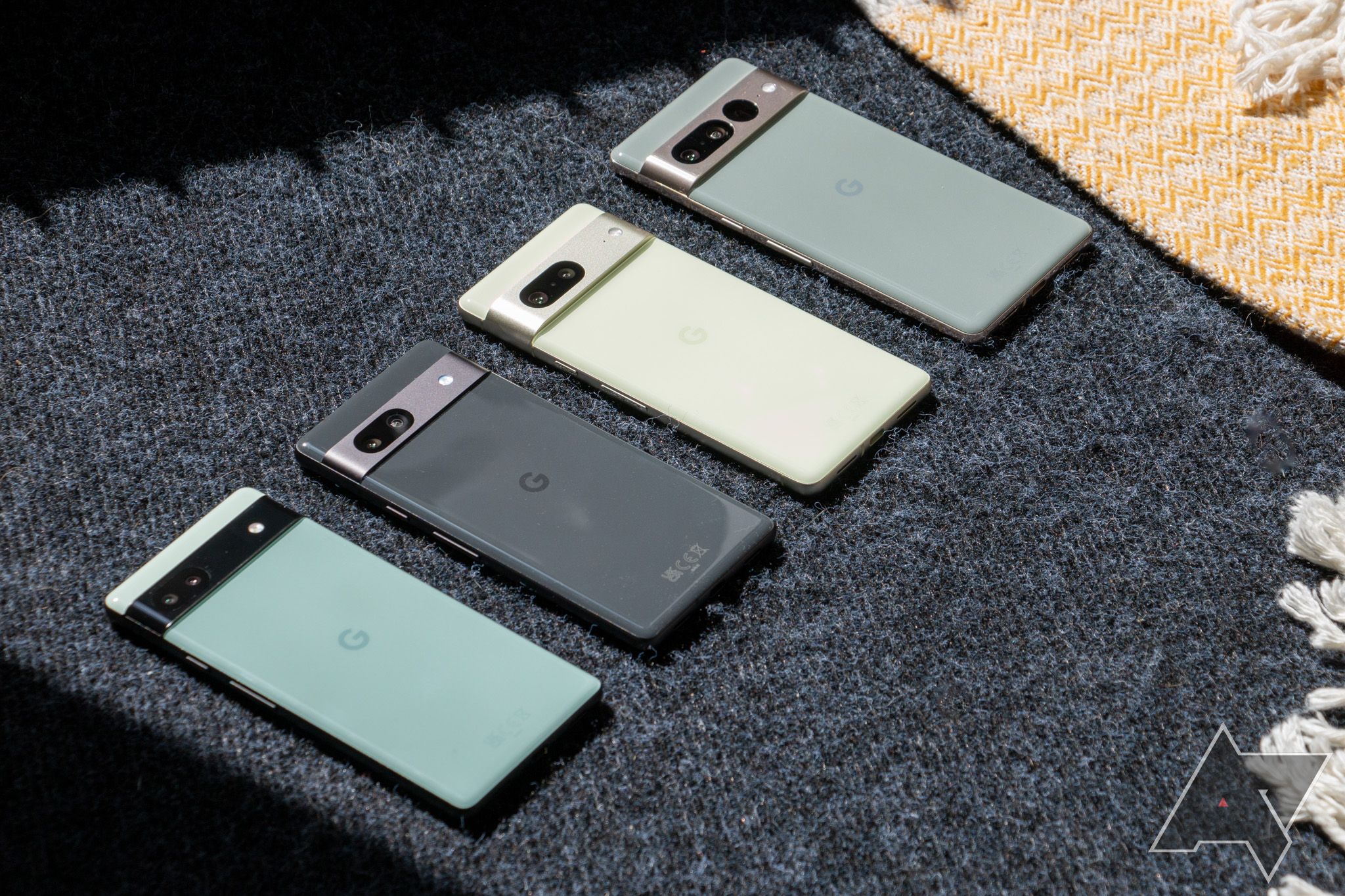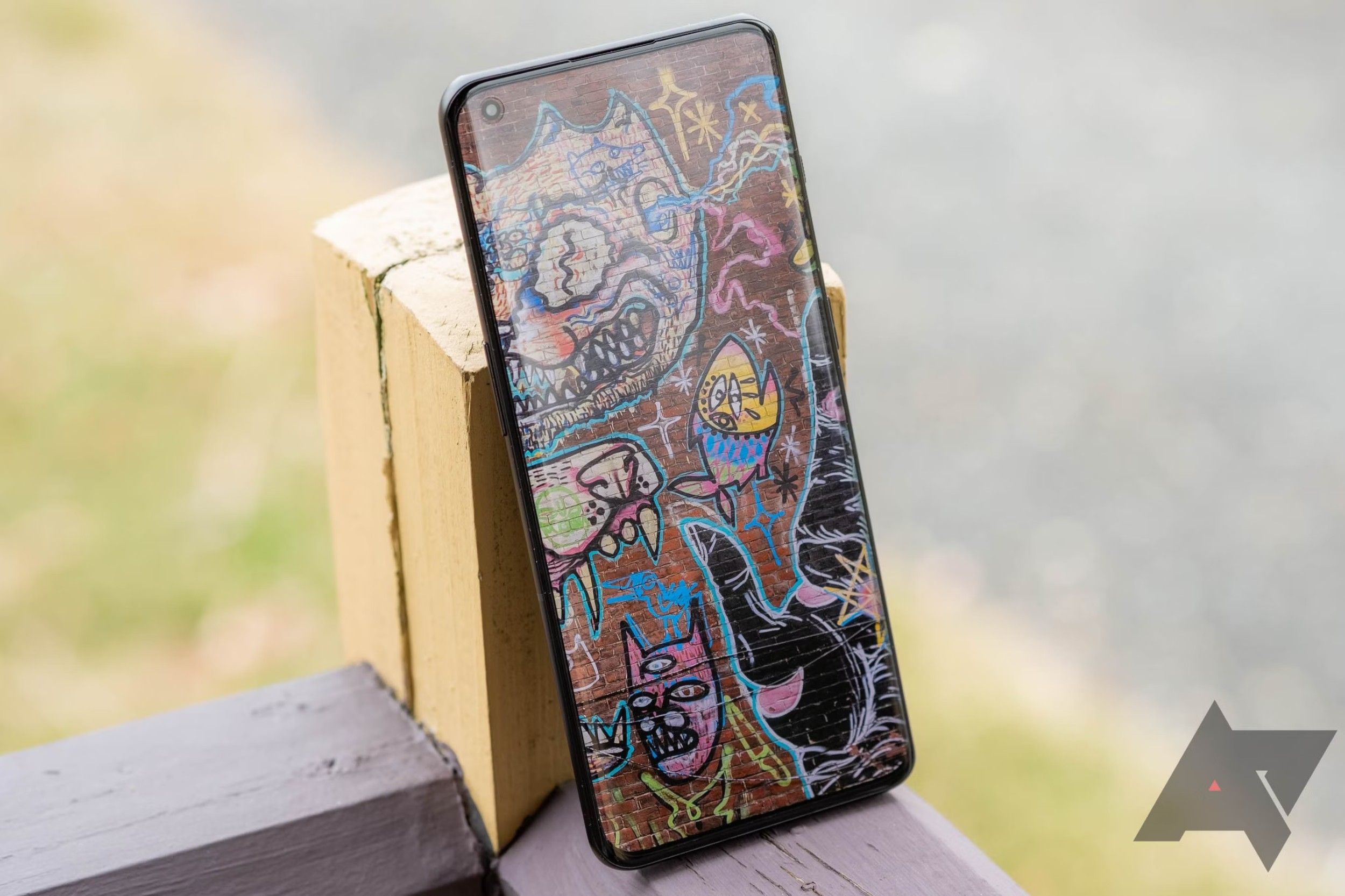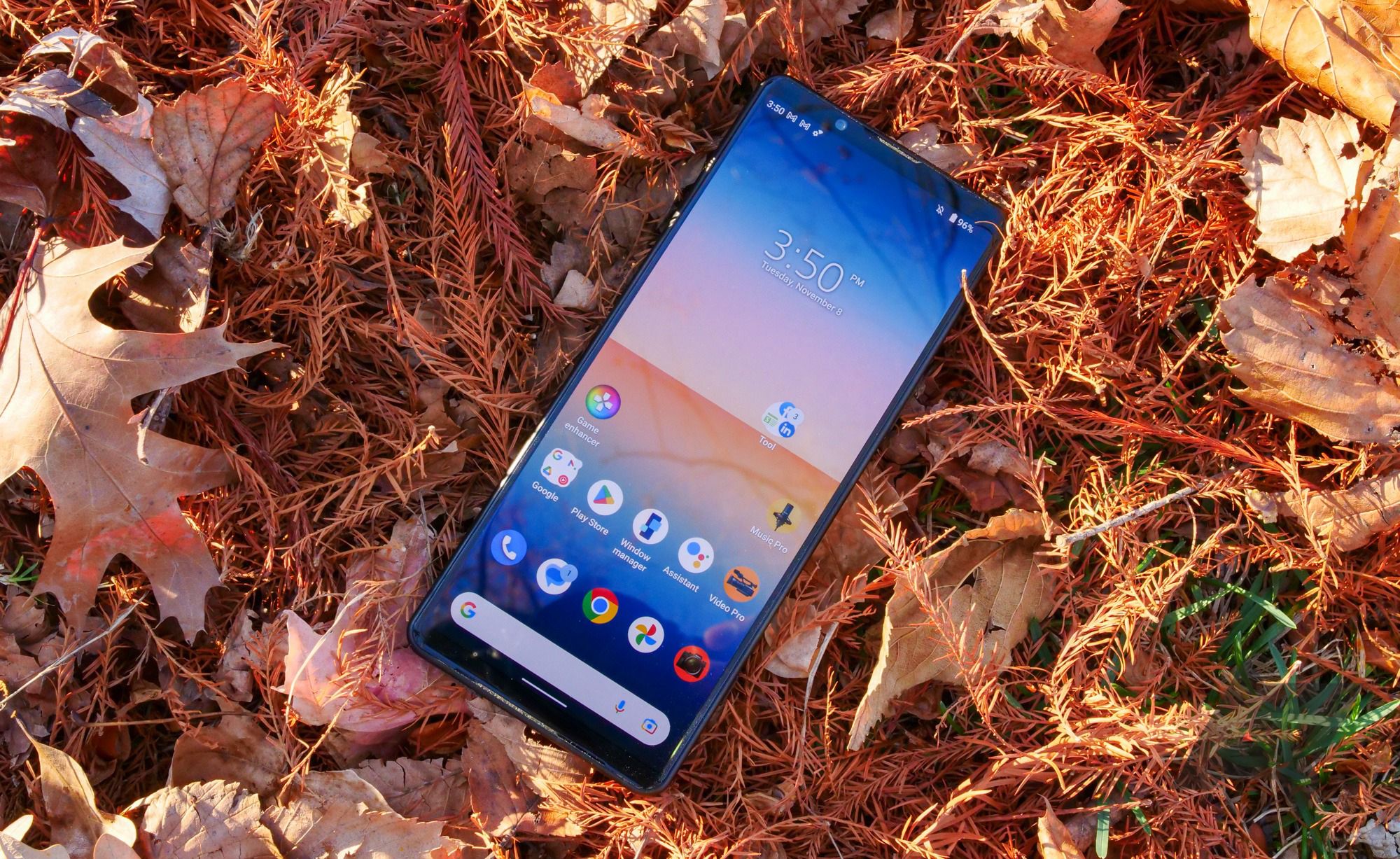To find out what the issue is with camera apps on Android phones, we don't need to look any further than camera brand Moment. In 2020, Moment abandoned its Android camera app. At the time, co-founder Marc Barros wrote in an email to users that the company lacked the "engineering bandwidth" to keep up with an ever-growing selection of Android devices, each with different camera nuances and software requirements. Moment decided to shutter development for the Android version and focus exclusively on iOS to save resources.
Camera access in third-party apps has a history of being less than ideal on Android. Sure, the default camera function on your phone may be fine and the lenses may be impressive. However, it's a crapshoot if you want to take photos from a third-party app with extra features or capabilities. Quality is hit or miss, and while you can transfer photos from the default camera to editing apps, the results aren't as good. Plus, third-party camera apps often miss important support for things like a new telephoto lens capability or light mode because they aren't built for it.
Let's look at what that is and what solutions are waiting for Android photographers.
Why camera apps drift toward iOS
Developing camera features for iOS apps — and developing iOS apps in general — is simpler in part because there are so few iPhones. If you can make sure your app works right on the three or four new models each year, you've done your iOS due diligence. And since Apple keeps strict requirements and detailed toolkits, developers typically know what's expected of them, so there are no surprises.
There are tons of new devices on Android every year, each with different camera hardware and software. This fragmentation makes Android development a major headache. Why should a company like Moment figure out how to get the wide-angle camera on every new Sony and OnePlus phone working? Opting out of Android development entirely instead isn't unreasonable. Companies that make their apps available on Android do the minimum rather than keep up with every brand and standard, which leads to poor results for end users.
The Android solutions
Android has frameworks for dealing with this problem. It began with the Camera2 API, introduced in Android 5, which provided a way for apps to probe a phone's camera features — provided OEMs "expose" those features to the API. Today, you can find Camera2 API information alongside the hardware-focused Camera HAL (hardware abstraction layer), which uses AIDL to unify camera hardware standards and make API work easier across many models. Android 13 saw the latest updates to these processes, encouraging manufacturers to adopt the standards.
Camera2 API was followed by other advances, notably CameraX, a Jetpack support library that makes it easier for developers to implement those camera features in their apps in several ways. Chiefly, it allows device manufacturers to provide vendor extensions for their camera features — things like low-light and portrait modes — that make implementing those features in third-party apps less complicated.
So what's the problem? Support for Camera2, CameraX, and Camera HAL isn't mandatory. For example, OEMs aren't required to expose camera features to Camera2 or provide CameraX extensions for app developers to use, and they may find upgrading to Camera HAL too much hassle. And even if support is enabled, it's not always equal. There are five support levels for the Camera2 API alone, so you can see how this leads to developer headaches. Plus, even the same phone model may have significant differences between regions, such as Western vs. Eastern models, which often changes how camera hardware works.
If you're curious, an app tells you which camera features your phone exposes to Camera2, and Google maintains a list of devices for which CameraX vendor extensions are supported. That list shows that while Samsung and Motorola are doing an admirable job, other OEMs seemingly can't be bothered.
Updates and bugs
The complexity of the situation can manifest in other ways. OnePlus fans were indignant when a 2021 update to OxygenOS 12 nerfed camera access in third-party apps, including popular ports of Google's camera app. Before the update, these GCam ports could access the phones' non-primary sensors — their ultra-wide, macro, and telephoto cameras. After, only the primary camera worked.
However, according to a Twitter thread by Esper senior technical editor and former XDA Developers editor-in-chief Mishaal Rahman, the change was likely incidental. It's a bit technical, but the broad strokes are that OxygenOS 12 is based on Oppo's ColorOS, which doesn't support the package name loophole GCam apps used to access camera features exposed to the Camera2 API. While OnePlus addressed this issue, users occasionally run into camera bugs after Android updates.
It's all a mess, but there's hope on the horizon. For example, the updates for Camera HAL in Android 13 show that Google is trying to get everyone on the same page regarding camera hardware, and all the latest Pixel models have embraced CameraX as an example to others. For now, the question is how long it will take all OEMs to get in line. While camera app compatibility is an issue for photographers, influencers, and other Android users, they're still a smaller subset of customers, so they don't always get priority.
What phones should you look for when using camera apps?
If you have a favorite or required app that you use, you can get the best results by finding phones up to the latest standards and widely supported by camera app developers. As we've seen, that's harder than it sounds. Some photographers suggest using Sony sensors, which can be found in Sony's Xperia phones and several Samsung models. Others say the latest Google Pixel phones probably offer the best all-around compatibility. The important thing is that you do your research before buying and ask questions on community forums about compatibility.
Don't lose hope, Android photographers
As it stands, the burden of ensuring camera features in third-party apps work correctly across a wide selection of Android devices rests largely on app developers, and the return on that investment of resources isn't worth it for most of them. However, Google is slowly but surely trying to steer Android manufacturers into formats that are more universal and friendlier for developers. It's a long process and a good reason to carefully consider what phone you want to buy for snapping pics.

.JPG)




